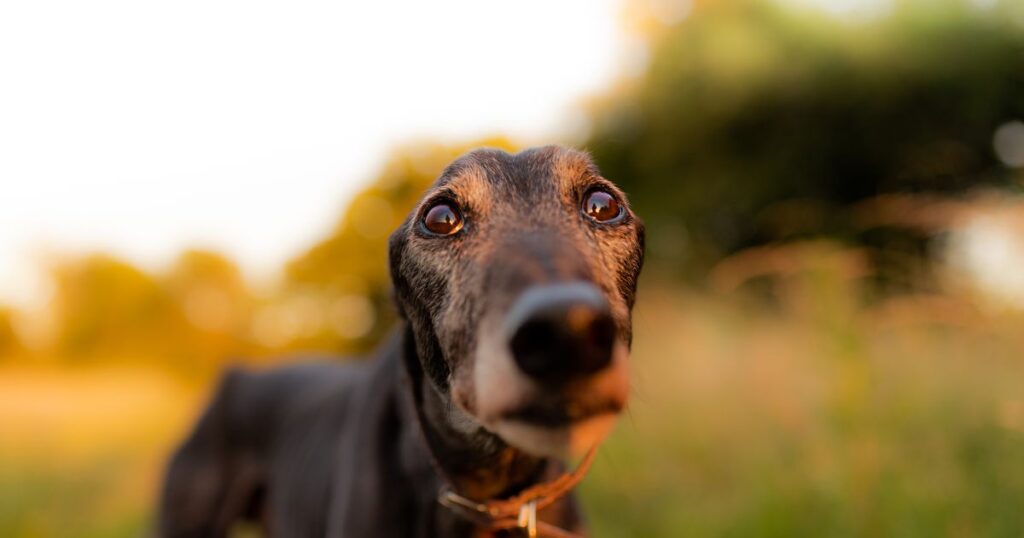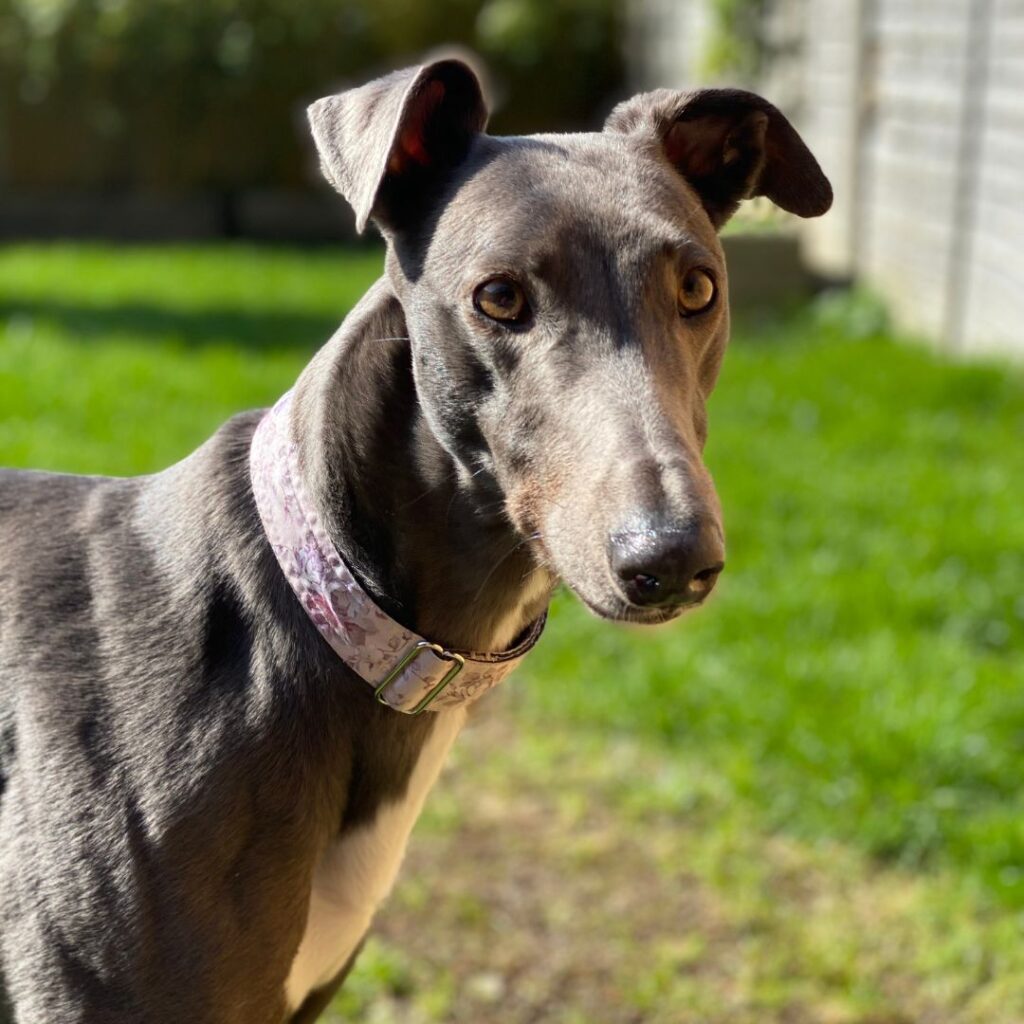THANK YOU TO EVERYONE WHO HAD THEIR SAY ABOUT PROTECTING VICTORIAN GREYHOUNDS.
SUBMISSIONS HAVE NOW CLOSED

The Victorian Government is introducing a new framework for Victoria’s animal welfare care and protection laws. The Victorian Animal Care and Protection Bill will replace the current Prevention of Cruelty to Animals Act (POCTA Act).
There are some positive aspects in the draft Bill including the very important recognition of animal sentience. Another change is that advisory Codes of Practice will be replaced by enforceable Regulations.
One of the most critical issues is the need for a prohibition on the use of surgical artificial insemination. This is an unnecessary, cruel and invasive procedure used on female greyhounds and is widespread in the greyhound racing industry. There is growing opposition to surgical AI both within and outside the racing industry. This is a very real opportunity to have this brutal procedure banned in Victoria with the other states to follow.
Feedback on the draft Bill is now being considered. You can find out more at the Engage Victoria website.
Below is a summary of those areas that CPG identified as failing to offer care and protection to greyhounds in the racing industry. You can also check out the CPG submission for more information.
Feedback on Animal Care and Protection Bill and Regulations
Surgical artificial insemination to be included as a controlled procedure in section 37 of the Bill.
Surgical artificial insemination (surgical AI) is a cruel and invasive procedure used in dogs bred for profit including in the greyhound racing industry. An estimated 80% of greyhound breeding in NSW alone involves surgical AI.
Surgical AI is banned in a number of countries including the UK where it is prohibited under surgical mutilation legislation. Surgical AI is opposed by the RSPCA, the AVA, Sentient and all animal welfare advocates. A prohibition on surgical AI is one of the recommendations of the recent inquiry into the SA greyhound racing industry.
There is a wealth of evidence that trans-cervical AI is an ethical and effective alternative to surgical AI. There is no need for female dogs to undergo a highly invasive surgery with significant risks to ensure pregnancy. In a study conducted in 2017, only seven of 1,103 intrauterine inseminations were not possible via trans-cervical AI.
In December 2022, the Australian Veterinary Association introduced a policy stating that all states and territories in Australia should prohibit the use of SAI in dogs in their respective Animal Welfare Acts.
In line with the recommendations above, surgical AI should be included in Section 37 of the Bill as a controlled procedure.
Additionally, in the absence of any reporting requirements or powers to monitor compliance with the exemptions in section 38, some veterinarians may continue to conduct unnecessary surgical AI. Given this, surgical AI should not have any exemptions under section 38.
‘Victorian Code of Practice for the Keeping of Greyhounds’ to be legally mandated by inclusion in the Bill, or in Regulations
Recent findings, including that live baiting is still practised in Victoria, demonstrate that the requirements of the ‘Victorian Code of Practice for the Keeping of Greyhounds’ (Code of Practice) are not being met. This highlights that the associated penalties are not proving to be a deterrent.
The requirements of the Code of Practice should be included in the Bill or in Regulations with significant penalties for breaches.
Conflict between Codes of Practice relating to the keeping of greyhounds to be addressed by the Bill
The ‘Victorian Code of Practice for the Keeping of Greyhounds’ (Greyhound Code) applies to all racing greyhounds registered with Greyhound Racing Victoria (GRV). The Greyhound Code sets out the minimum standards for the staffing, accommodation, management, breeding and care required for racing greyhounds.
Some owners keep greyhounds on their premises after the dogs have finished racing. This is becoming more common because the racing industry is breeding far more dogs than can be rehomed.
As these dogs are no longer registered with GRV, the Victorian Code of Practice for the Keeping of Dogs (Dog Code) applies. The Dog Code specifies a higher standard of housing than the Greyhound Code. This creates an animal welfare conflict that must be addressed by the Bill, or in Regulations.
Hot weather restrictions to be included in Bill
The Bill specifies a number of requirements relating to events involving animals, but does not protect the welfare of animals competing or performing in events on hot days.
For example, Greyhound Racing Victoria’s hot weather policy allows greyhounds to race at temperatures of up to 38oC. Hot weather restrictions for non-air-conditioned events involving animals must be included in the Bill, or in Regulations.
Consistent penalties for offences to be included in Bill
The Bill prohibits live baiting, animal cruelty, neglect and failure to provide duty of care. It also imposes serious penalties for these offences including heavy fines and/or imprisonment.
The Greyhounds Australasia Rules and Local Rules of Racing (GARs) applied by GRV cover the same animal welfare concerns, but specify much smaller fines and no custodial sentences.
The Victorian Government is effectively protecting greyhound racing participants from consequences that other Victorians would face. This goes against democratic principles and must be corrected by consequential amendments to the GARs to abolish any greyhound racing rules that duplicate offences under the Bill.
